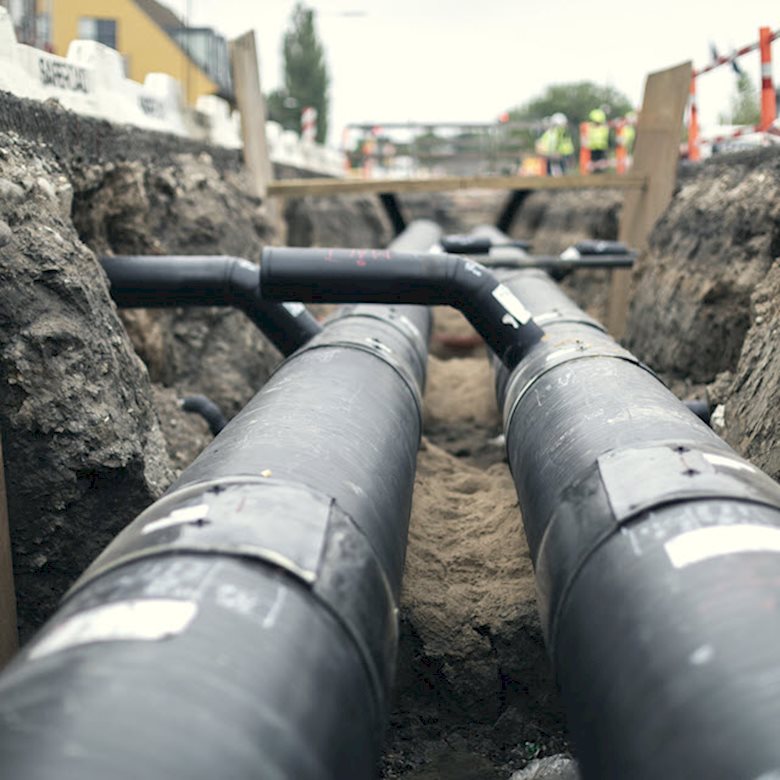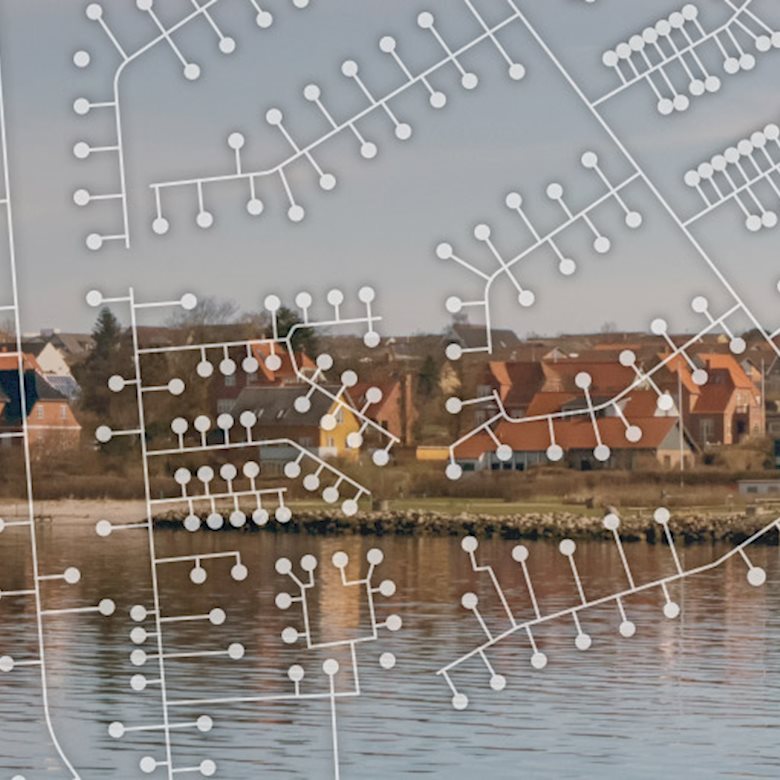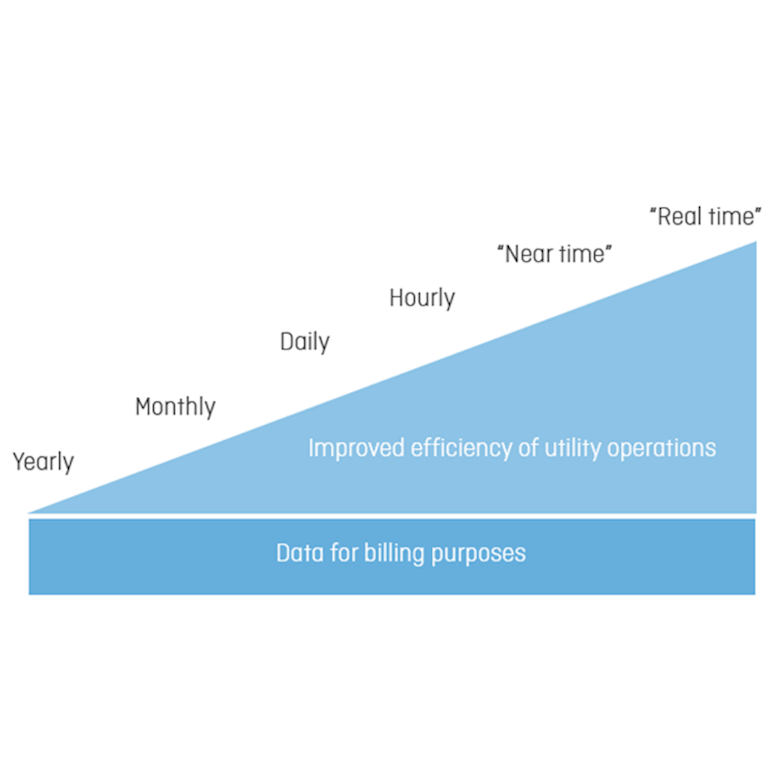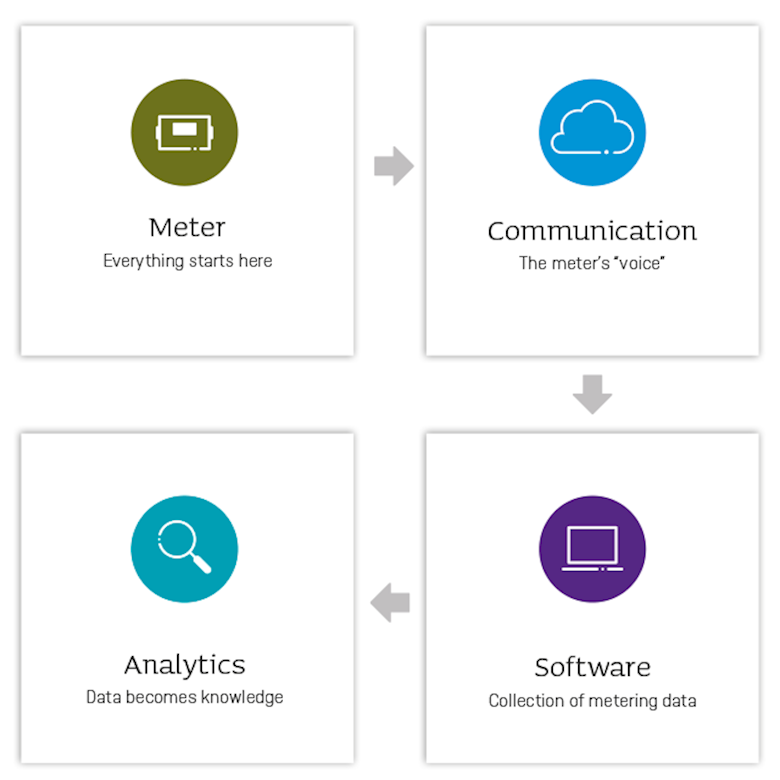Posted on Friday, October 25, 2019 by Steen Schelle Jensen
Let the countdown begin
Today, October 25th, 2019, marks the beginning of the 1-year countdown until the requirement for all energy meters installed to be remotely readable becomes effective as part of the revised Energy Efficiency Directive. It therefore seemed fitting to use this occasion to take a closer look at some of the thoughts behind and details of the EED aimed first and foremost at empowering the European energy consumer. At the same time, I wanted to grab the opportunity to outline just a few of the many areas where frequent smart meter data also produces real value for utilities on their journey towards digitalised district heating.
Behind the EED
The European Union is fully committed to developing a sustainable, competitive, secure and decarbonised energy system. Heating and cooling of buildings is the most significant source of end-user energy consumption, representing about 40 % of the total energy demand in the European Union. As a result, the Union’s achievement of its energy and climate goals is highly influenced by its efforts to promote optimisation of building operation and use. Clear and timely information as well as energy bills based on actual consumption empower consumers to play an active part in reducing energy needs for heating and cooling. In 2018, the Energy Efficiency Directive (EED) was therefore updated as a part of the Clean Energy Package. One of the aims of this update was to clarify and strengthen the applicable rules concerning metering and billing for heating and cooling.
This means that for district heating, district cooling and domestic hot water, ‘final customers’ must now be provided with remotely readable meters that accurately reflect their actual energy consumption. And at the same time, stricter requirements for more frequent billing or consumption information are introduced. In this respect, the ‘final customer’ is defined as the person having a contract with the district energy provider and is either a single-family house or a multi-apartment and multi-purpose building.
In multi-apartment and multi-purpose buildings, individual meters must be installed to measure the consumption of heating, cooling or domestic hot water for the ‘final users’ being defined as persons occupying an individual unit in a multi-apartment or multi-purpose building, and who have no direct or individual contract with the energy supplier. However, in these buildings, the individual metering is still subject to technical feasibility and cost effectiveness in terms of being proportionate in relation to the potential energy savings.
"This means that for district heating, district cooling and domestic hot water, 'final customers' must now be provided with remotely readable meters that accurately reflects their actual energy consumption"
The general criteria, methodologies and/or procedures to determine technical non-feasibility and non-cost effectiveness shall be clearly set out and published by each member state, and no general exceptions will be accepted by the European Commission. In cases where the use of individual meters is not technically feasible or where it is not cost-effective to measure heat consumption in each building unit, individual heat cost allocators shall be used to measure heat consumption at each radiator.
The new EED directive was adopted in December 2018 and sets the following timeline:
1) Meters installed after 25 October 2020 must all be remotely readable.
2) All existing meters must be remotely readable 1 January 2027.
The term ‘remotely readable’ is defined as the ability to read the meter without physical access to the buildings and can be both walk-by, drive by or fixed network reading. The individual member states will have to make their own definition. But for remotely readable meters, regardless of definition, consumption information must be provided to the final customer at least 12 times per year according to the new stricter requirements for frequent billing and consumption information.
Clear benefits for utilities
The introduction of the requirement for remotely readable meters is a very important step for increased digitalisation in the district energy industry. While its original driver is to empower consumers by making monthly consumption data available to them, there are also clear benefits to be reaped by utilities ready to embrace the digital transformation that smart metering prompts.
Once the meters are installed, the additional expense for a utility to collect daily or even hourly data is minimal compared to the added value from adopting a more holistic digitalisation approach to its entire value chain. Three overall areas stand out: daily operations, asset management and end-user involvement.
Improved daily operations
Smart metering provides the basis for utilities to make fact-based decisions related to the daily operations surrounding their core tasks of producing and distributing district heating.
Optimising asset management
Frequent meter data - as opposed to theoretical models - enable utilities to monitor the performance of the underground pipes that make up the distribution network.
These include optimising the production and forward temperature to run closer to the limit, detecting heat and water loss in the distribution network as well as identifying improvement opportunities for building performance and consumer behaviour decreasing the overall system efficiency. This is also crucial to achieving the right conditions and low temperatures to integrate more waste heat and renewable energy.
This allows better utilisation and renovation planning of existing assets so that utilities can potentially avoid or defer some of the heavy investments in this area. Also, being able to compare actual network load and capacity to its design criteria will reveal how well they match. In this way, utilities can both extend the current infrastructure's lifetime and optimise dimensioning and planning of new networks to avoid expensive oversizing.
Enhancing end-user involvement
District heating is sometimes perceived as old-fashioned, monopolistic and fossil-fuelled. Ironically, this misconception stems from the very basis for its great convenience and efficiency: one system for all that is reliable to the extent of being virtually invisible. Consequently, access to consumption data alone is unlikely to trigger significant behavioral changes.
Digitalisation is a journey
In some EU member states, remotely readable meters and frequent data collection are already largely in place and utilities are harvesting on the benefits that increased digitalisation brings. In other member states, they are at the beginning of the digital journey.
At Kamstrup, we offer everything from the meter itself to the communication that enables efficient data collection, the software that allows smooth billing and great customer service, and finally, advanced analytics bringing utilties’ data to life. We can even take responsibility for operating their meter park for them, so they can focus your time and efforts on utilising the meter data they get.
We have a proven track record of delivering results, but even more important is our strategic focus on innovation. As a result, 25% of our workforce is in product development, including 20 employees dedicated to working exclusively on analytics to ensure that we will continue maximising the value our customers get from their meter data in the future.
The question we always ask them is therefore: What is the next step on your smart metering journey?
Participate in our upcoming webinar!
In association with DBDH, Euroheat & Power, Viborg District Heating and FORESIGHT Climate & Energy, we invite you to join us on 28 October at 13.00 CET.
The panel will be discussing the link between digitalisation, new insights and customer services, energy efficiency and optimisations. Also, we invite you to join the conversation during the live webinar. Read more about the webinar here.
Want to dig for more information on Heat Intelligence?
If you want to know more about analytics and Heat Intelligence, you can read more about it right here.
And get top insights and the latest blog posts delivered to you twice a week on your LinkedIn.
Click here or search for "Kamstrup Heat" on LinkedIn.





